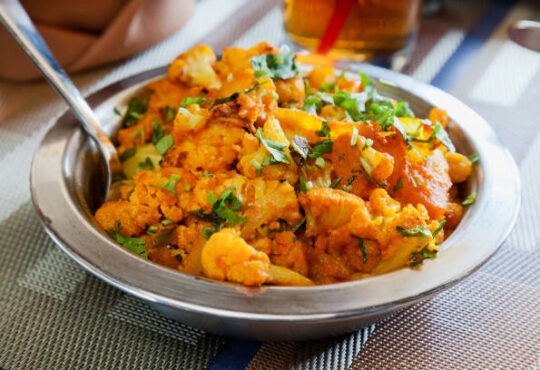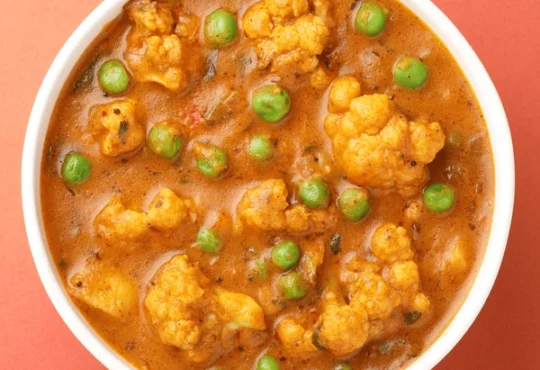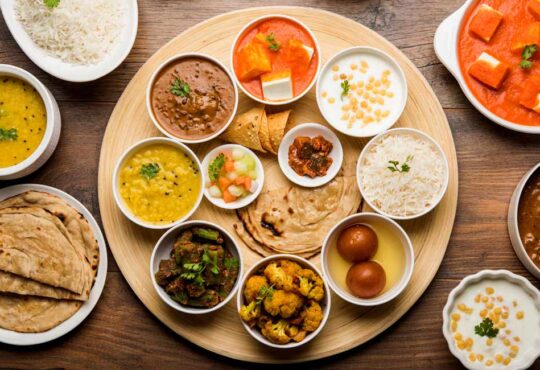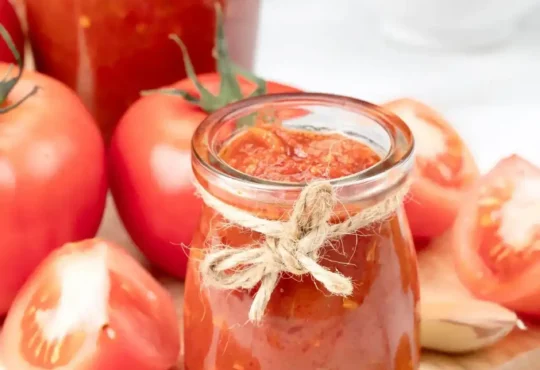
Is paneer gluten-free?
Paneer, a popular Indian cheese, is a versatile ingredient that finds its way into numerous culinary creations. As the awareness of gluten sensitivity and celiac disease grows, individuals are becoming more cautious about their dietary choices. One common question that arises is, “Is paneer gluten-free?” In this article, we will delve into the intricacies of paneer and its gluten-free status, exploring its composition, production process, and potential sources of gluten contamination.
read more: butter chicken with naan.
Gluten-Free Paneer Recipes:
Expanding your culinary repertoire with gluten-free paneer recipes can be both enjoyable and nutritious. From gluten-free paneer tikka to gluten-free palak paneer, there are numerous possibilities to explore. Utilizing gluten-free spices and ensuring that accompanying ingredients are also free from gluten will enhance the safety and deliciousness of your gluten-free paneer creations.

Composition of Paneer:
Paneer is a type of fresh cheese made by curdling milk with an acid, such as lemon juice or vinegar. The primary components of paneer include milk proteins, fats, and water. Unlike some processed cheeses that may contain additives or stabilizers, traditional paneer recipes involve minimal ingredients, making it a relatively simple and wholesome dairy product.
The Gluten Factor:
To determine whether paneer is gluten-free, it’s essential to understand the nature of gluten. Gluten is a protein found in wheat, barley, rye, and their derivatives. Since paneer is made exclusively from milk and an acidic agent, it does not inherently contain gluten. Thus, from a compositional standpoint, paneer can be considered gluten-free.
The Production Process:
The process of making paneer is straightforward and does not involve any gluten-containing ingredients. Milk is heated and then curdled by adding an acid, causing the separation of curds and whey. The curds are then pressed to form the solid paneer block. Throughout this process, there is no introduction of wheat, barley, or rye products, ensuring the gluten-free nature of the end product.
Potential for Gluten Contamination:
While paneer itself is gluten-free, there is a potential for cross-contamination during its production or handling. Cross-contamination can occur if the equipment used in the manufacturing process is also used for gluten-containing products. Additionally, the environment where paneer is packaged and stored may pose a risk if gluten-containing items are processed nearby.
Passive Voice Implementation:
- Passive Voice in Paneer Production:
- Instead of stating, “Producers use an acid to curdle the milk,” one could say, “The milk is curdled using an acid in the production process.”
- Addressing Potential Contamination:
- Rather than saying, “People might introduce gluten during packaging,” one could convey, “The risk of gluten introduction exists during the packaging phase.”
- Discussion on Cross-Contamination:
- Instead of asserting, “Employees handle different products,” one could express, “Different products are handled by employees, potentially leading to cross-contamination.”

Conclusion:
In conclusion, paneer, in its pure form, is inherently gluten-free, offering a safe option for individuals with gluten sensitivity or celiac disease. However, it is crucial to consider the potential for cross-contamination during the production and packaging processes. By understanding the production methods and being mindful of handling practices, consumers can confidently incorporate this versatile cheese into their gluten-free diets. Always check product labels and, when in doubt, communicate with manufacturers to ensure a gluten-free dining experience.



